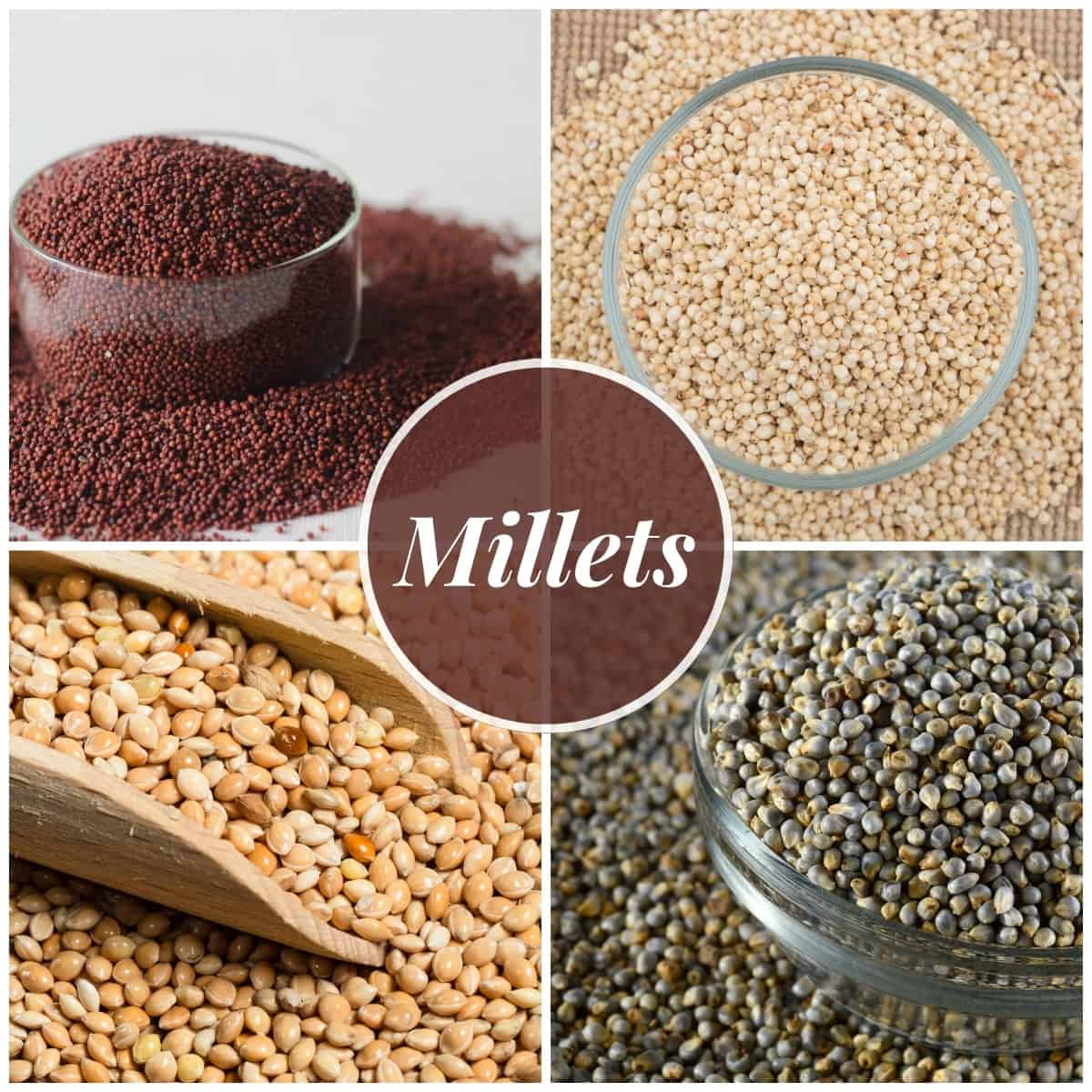
Millet, the versatile grain that has been a staple around the world for centuries, is now gaining renewed attention for its exceptional benefits and culinary versatility.
What is millet?
Millet is a group of grasses that have been cultivated for thousands of years. These drought-resistant grains are believed to be one of the oldest grains cultivated and eaten for thousands of years in South East Asia and Africa. Even today, millets are a staple in many parts of the world.
This traditional grain is becoming increasingly popular in the United States and other Western countries. They are very versatile and are being adapted to modern-day cooking and dishes.
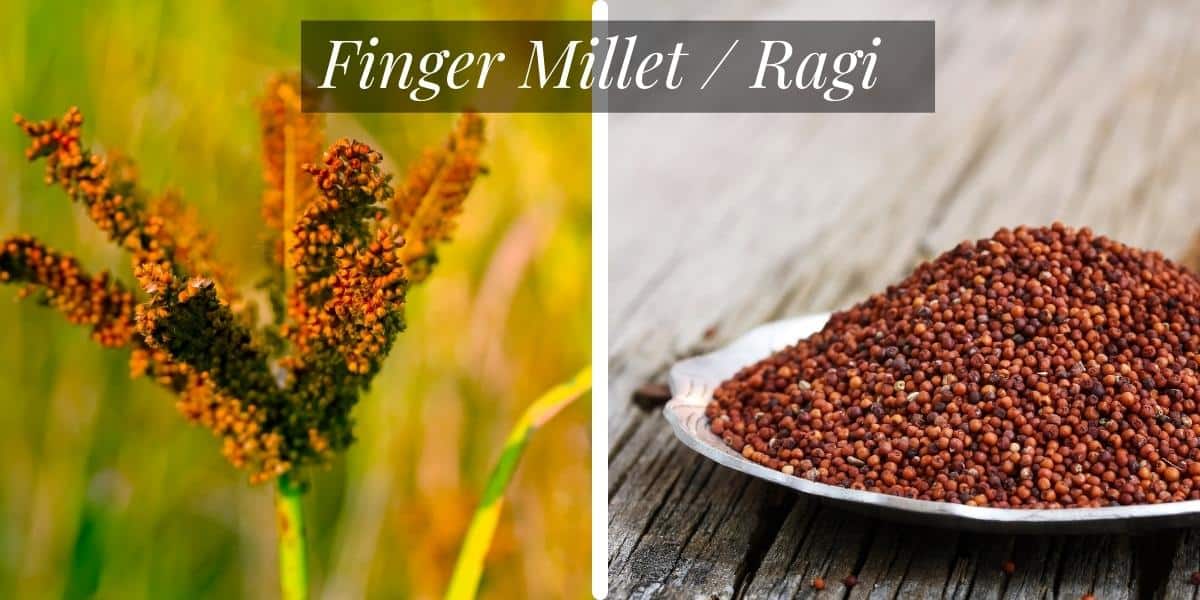
What is 'siridhanya'?
Siridhanya, also known as "Millets of India," refers to a group of grains that have been cultivated in India for centuries. The term "siridhanya" translates to "blessed grains" in the Kannada language.
Millets are classified into positive and neutral millets. These positive millets are called 'siridhanya' and are considered very good. The ones that are siridhanya are foxtail millet, kodo millet, barnyard millet, little millet, and browntop millet.
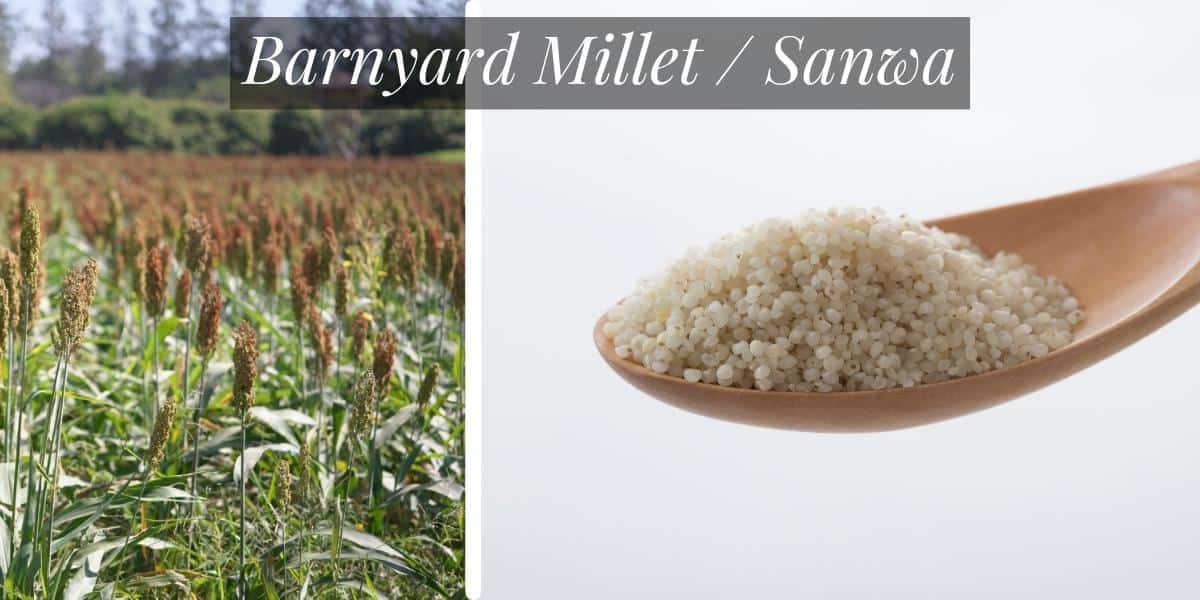
Millet Names in Indian Languages
| English | Hindi | Kannada | Telugu | Tamil | Marathi | Gujarati |
|---|---|---|---|---|---|---|
| Finger Millet | Nachni | Ragi | Ragulu | Kezhavaragu | Nachani | Ragi |
| Foxtail Millet | Kangni | Navane | Korra | Thinai | Kang | Kang |
| Pearl Millet | Bajra | Sajje | Sajjalu | Kambu | Bajri | Bajri |
| Sorghum | Jowar | Jola | Jonna | Cholam | Jwari | Juvar |
| Barnyard Millet | Sanwa | Oodalu | Udalu | Kuthiraivali | - | - |
| Proso Millet | Barri | Baragu | Varigulu | Panivaragu | - | - |
| Little Millet | Kutki/Shama | Saame | Sama | Samai | Sava | Kuri/Gajro |
| Kodo Millet | Kodra | Harka | Arikelu | Varagu | Kodra | Kodra |
| Browntop Millet | - | Korale | - | - | - | - |
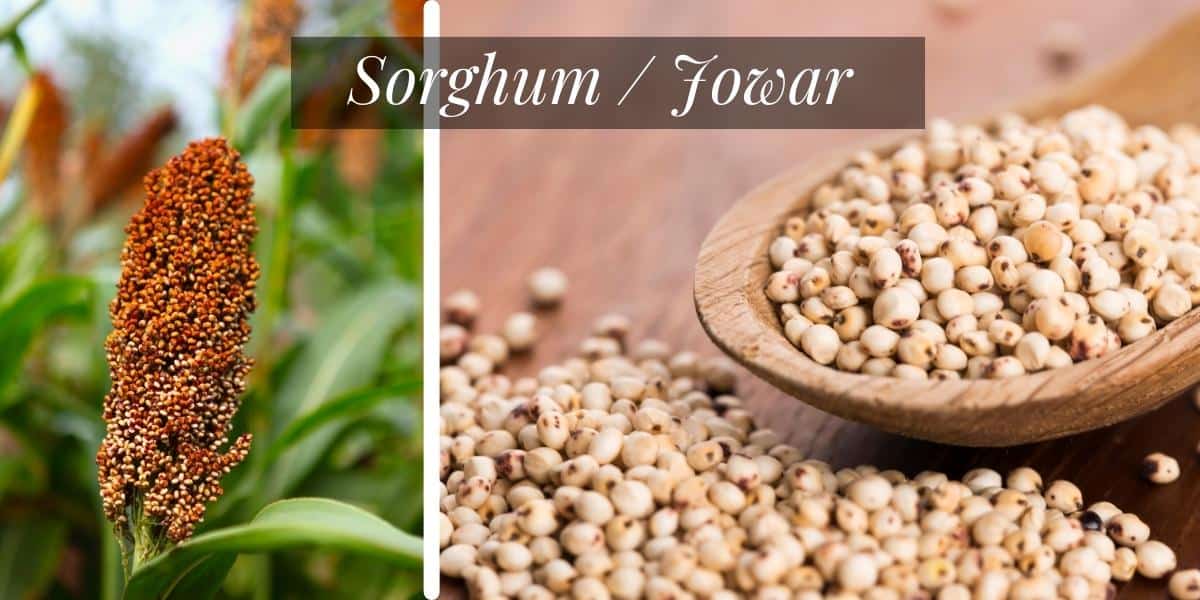
Tips for cooking millet
Before cooking millet, rinse it thoroughly under running water. This helps remove any impurities or debris. Additionally, soaking millet for a few hours or overnight can reduce cooking time.
The cooking ratio for millet is typically 1 part millet to 2-2.5 parts liquid (water or vegetable broth). However, this ratio can vary slightly depending on the desired texture and the specific millet type. For a fluffier result, use a higher water-to-millets ratio.
Millet can be used as a versatile ingredient in a wide range of dishes. It can serve as a substitute for basmati rice, couscous, or quinoa or be incorporated into salads, pilafs, stir-fries, Indian soups, and even baked goods like muffins or bread.
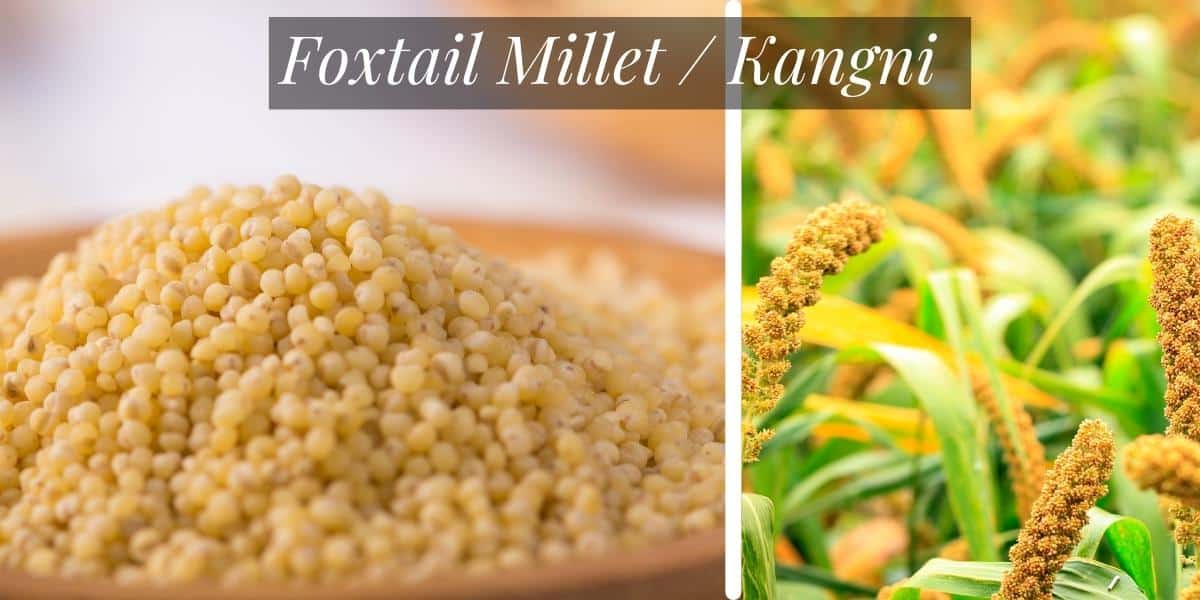
Millet Recipes
There is a wide range of dishes where different varieties of this grain are used traditionally. These days, their use has diversified and made its way to cookies, cakes, and more. Here are some of my recipes, both traditional and innovative, that use them. Happy cooking!
Sweet dishes
Savory dishes
- Ragi Bread (Finger Millet Bread)
- Millet Dosa Recipe (Mixed Millet Dosa)
- Ragi Rotti / Ragi Roti (Finger Millet Flatbread)
- Instant Pot Millet Khichdi
- Vegetable Millet Soup Recipe (Instant Pot)
- Authentic Ragi Upma Recipe
- Ragi Idli Recipe (Nachni Idli and Dosa)
- How to cook Sorghum in Instant Pot
- Jowar Dhani Chivda
- Ragi Ambali
FAQs
Yes. They are gluten-free grains.
Soaking millets before using them is good as it reduces cooking time. Soak them in filtered water for 6-8 hours. Rinse thoroughly before using them.
You can buy a variety of millets from Indian grocery stores. With millets gaining so much popularity, they are also available in many supermarkets and several online stores like Amazon.
Yes, absolutely. Millet can replace rice in your regular diet. If you are soaking them, use 1:2 water, and for unsoaked millet, use 1:3 water. If you soak them, drain the soaked water and rinse them with fresh water before cooking. The time taken to cook depends on the type of millet, but as a general guide, it should take 20-25 minutes on the stovetop.
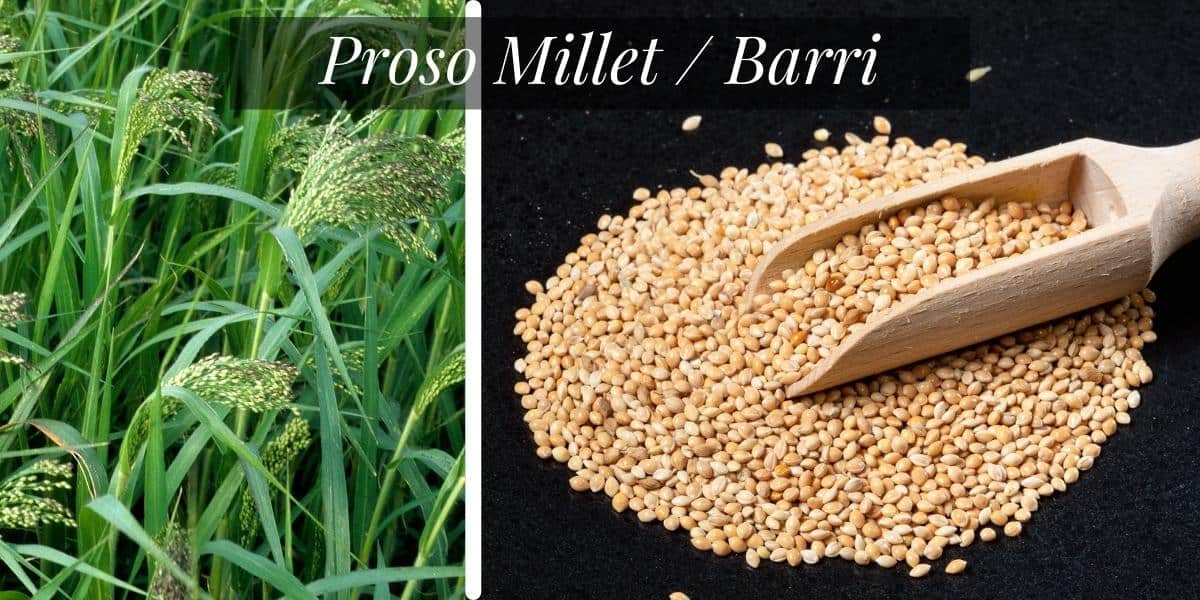
Recipe card
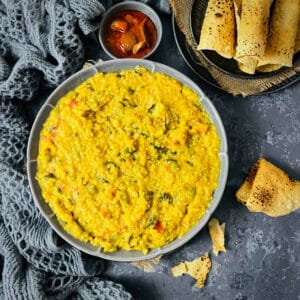
Instant Pot Millet Khichdi
Ingredients
- 1 cup foxtail millet
- ¾ cup moong dal
- ¼ cup chana dal
- 2 tablespoon oil
- 1 large onion thinly sliced
- 1 tablespoon ginger paste
- 2 teaspoon garlic paste
- 1½-2 teaspoon salt adjust as per taste
- ¼ cup cilantro
Vegetables:
- 1 large tomato chopped
- 1 cup spinach (fresh or frozen)
- 1 medium carrot diced
- 8-10 green beans cut into 1-inch pieces
- ½ cup cauliflower florets
- ½ cup peas
Spices:
- 1 teaspoon cumin seeds
- 1-2 bay leaves
- 1 teaspoon ground coriander
- ½ teaspoon turmeric powder
- 1 teaspoon chili powder or cayenne
- ½ teaspoon garam masala (use store-bought or homemade garam masala)
Instructions
Prep:
- Wash the foxtail millet thoroughly in water. Soak the clean millet in water overnight.
- Wash and soak moong dal and chana dal in water for 15-20 minutes.
Make the khichdi:
- Set the Instant Pot to saute mode and add oil. Add cumin seeds and bay leaf. Saute for a few seconds.
- Once the cumin splutters, add onion, ginger, and garlic. Saute for 3 minutes.
- Add tomato, ground turmeric powder, chili powder, ground coriander, and garam masala. Add ¼ cup water and mix well.
- Cover and let the tomatoes cook for 2 minutes.
- Next, add the vegetables and salt.
- Drain water from millet and dal. Add it to the pot. Add 6 cups of water.
- Mix well and deglaze the pot. Secure the lid of the Instant Pot and pressure cook for 8 minutes.
- Do a natural pressure release for 10 minutes, then a quick release.
- Add cilantro (coriander leaves) and mix well. Serve hot.
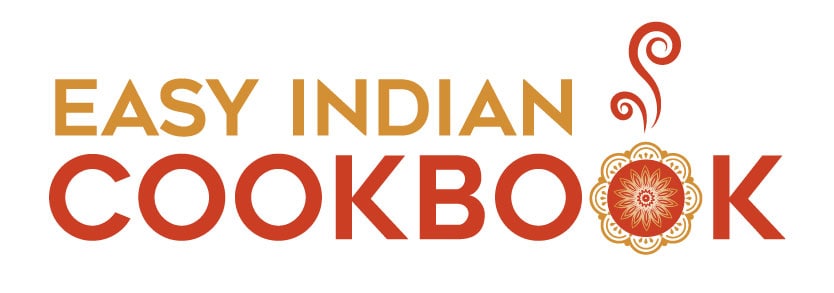

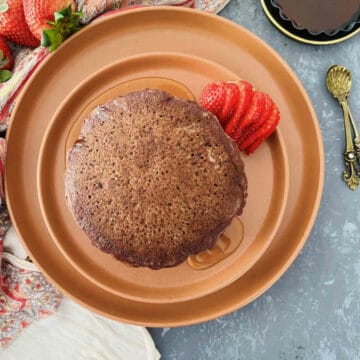
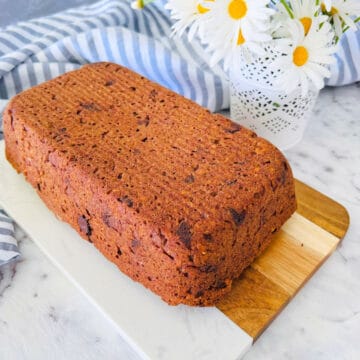
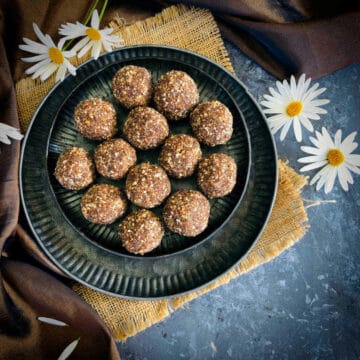
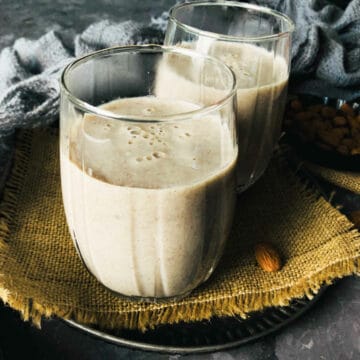
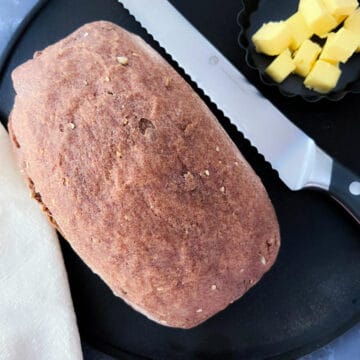
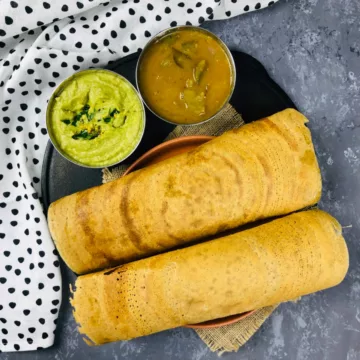
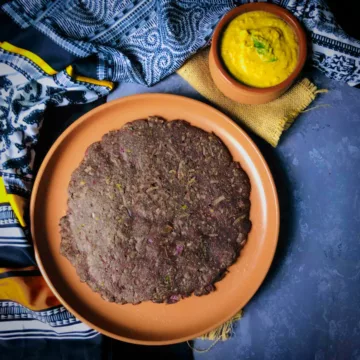
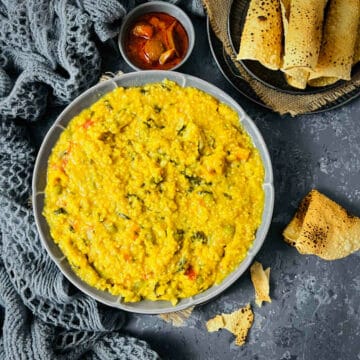
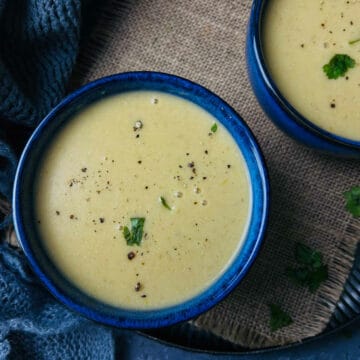

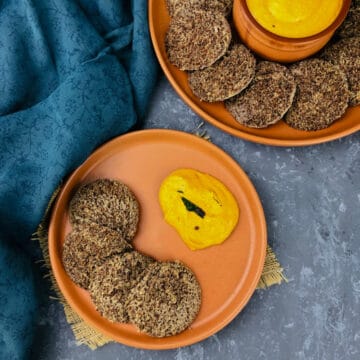
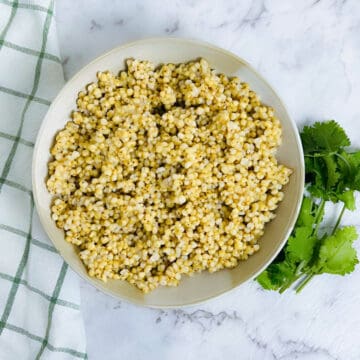
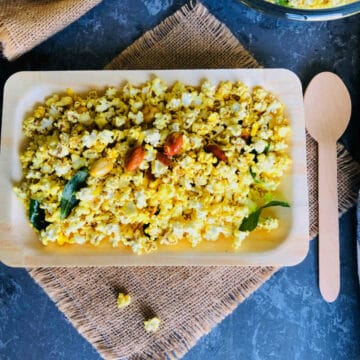
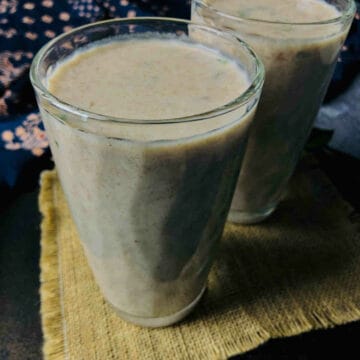
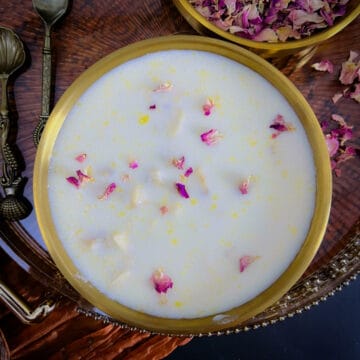
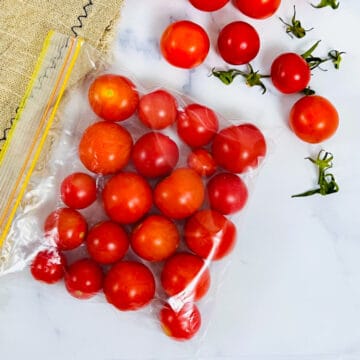
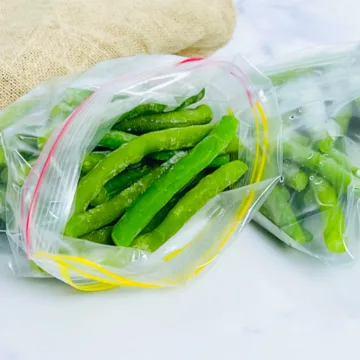
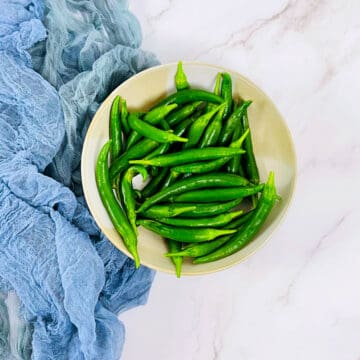
Comments
No Comments